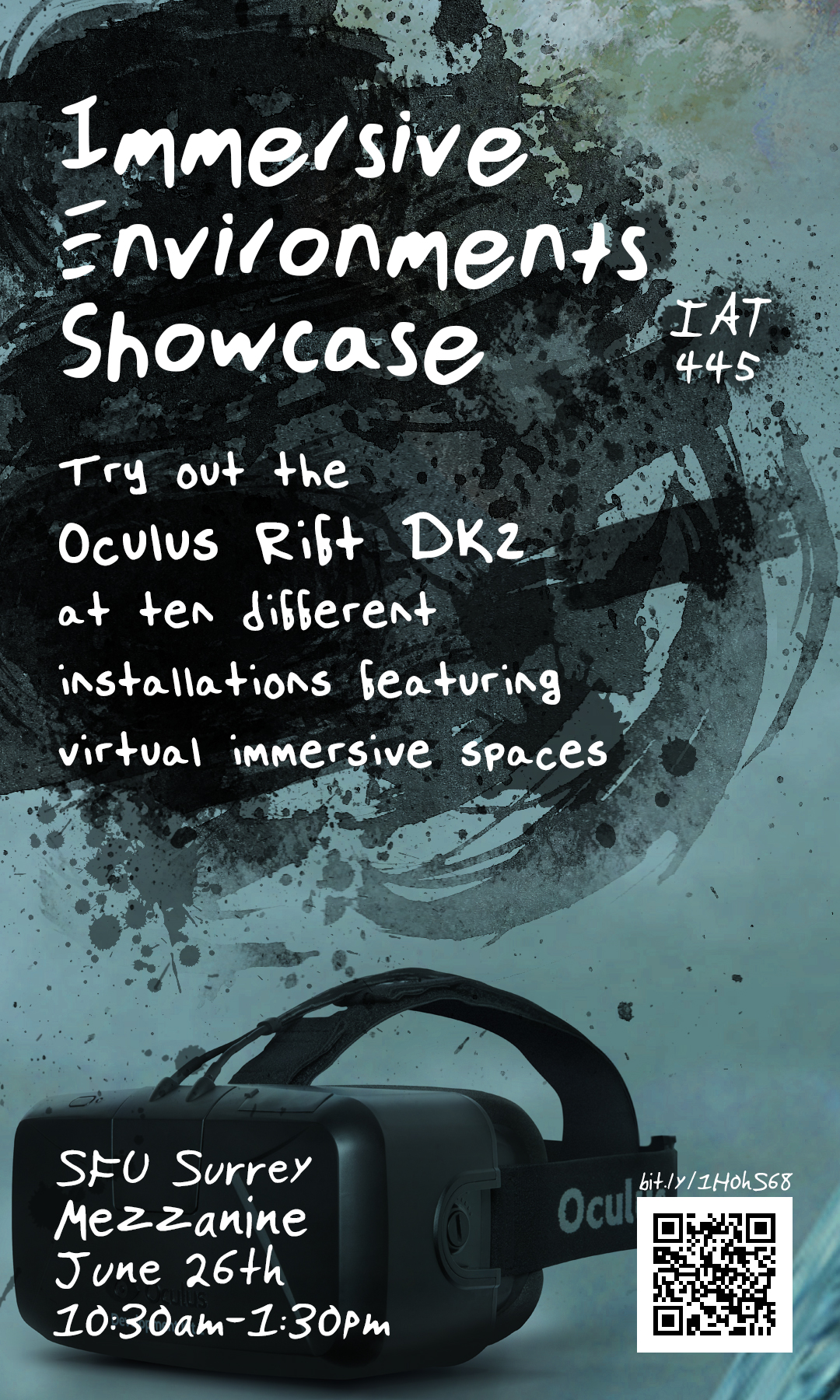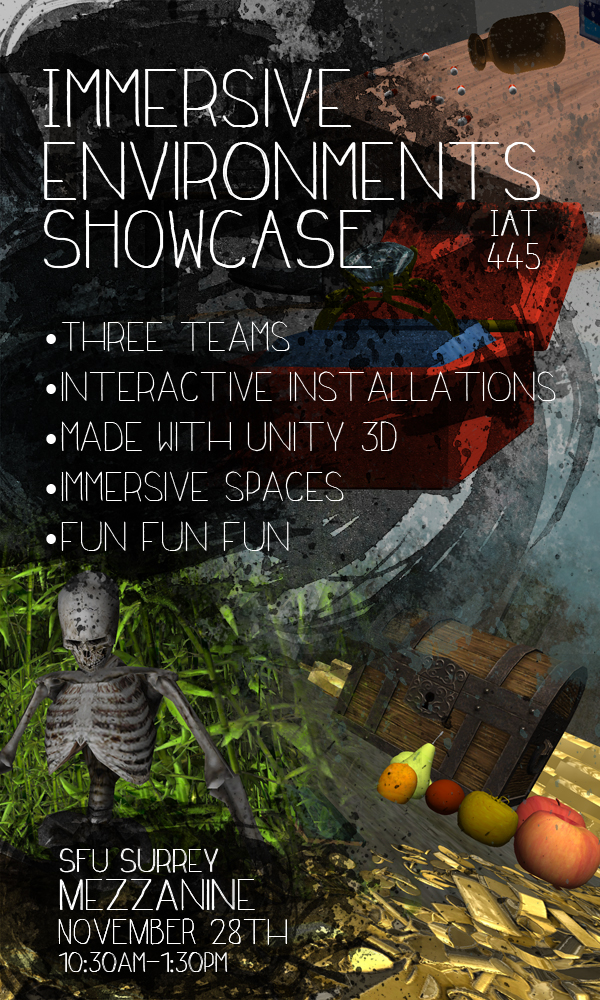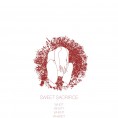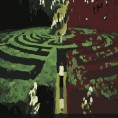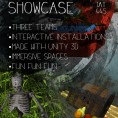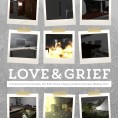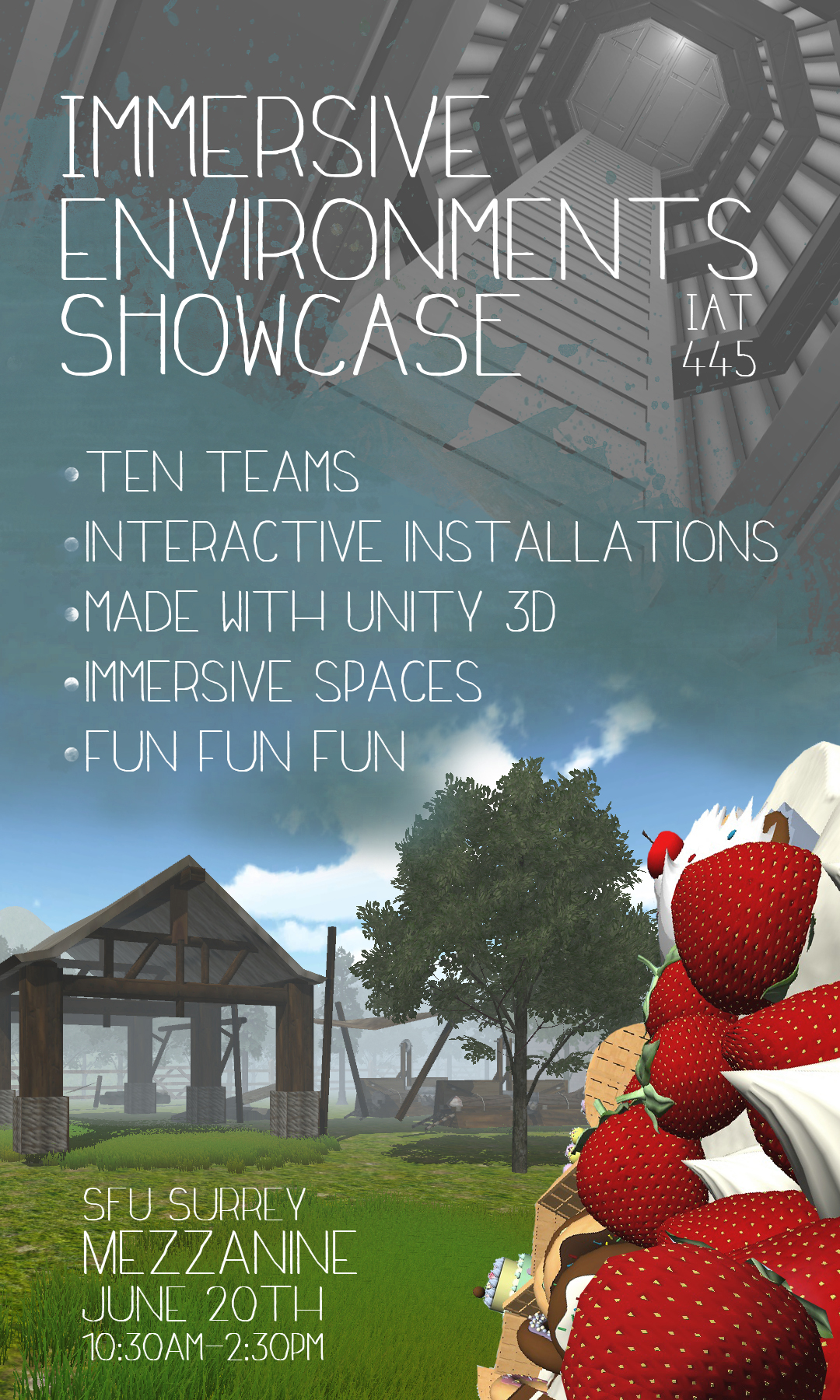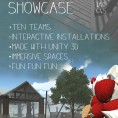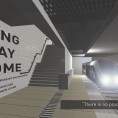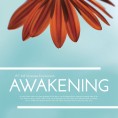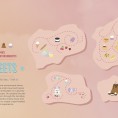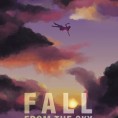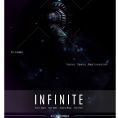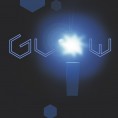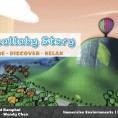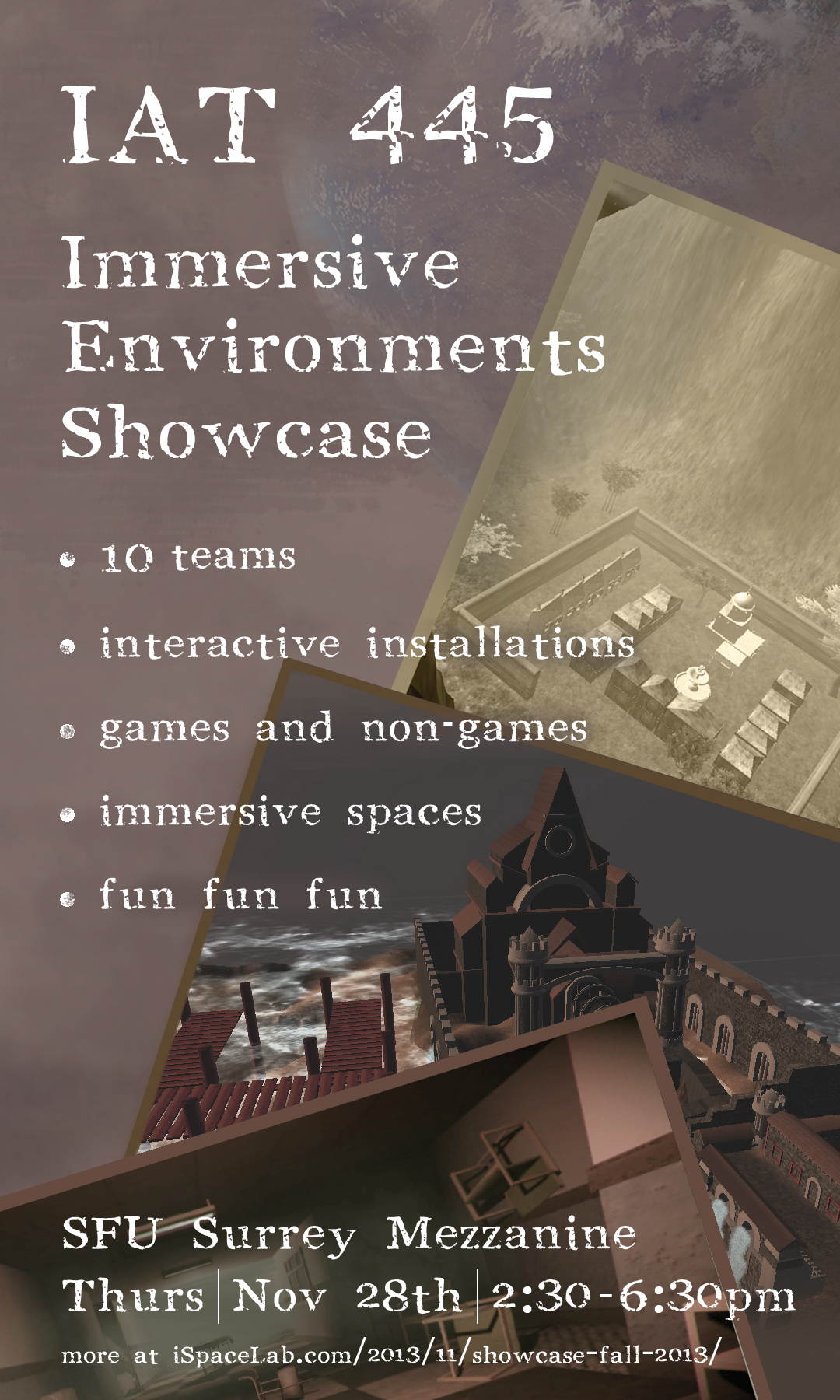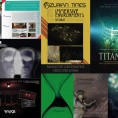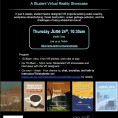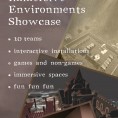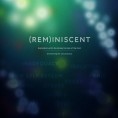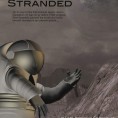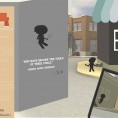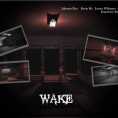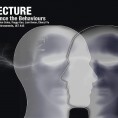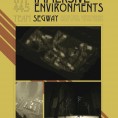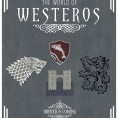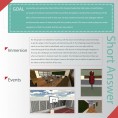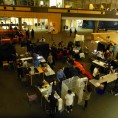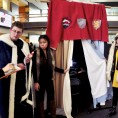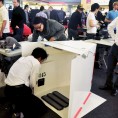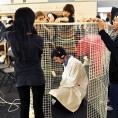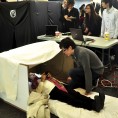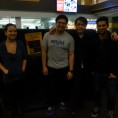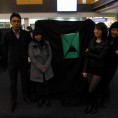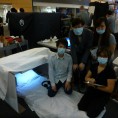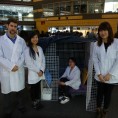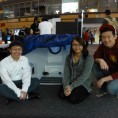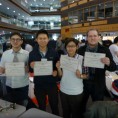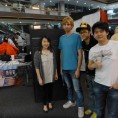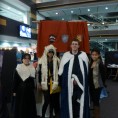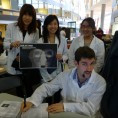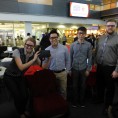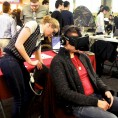“We went to the Moon as technicians, we returned as humanitarians” reflected Edgar Mitchell after his space flight. This describes the overview effect – a profound awe-inspiring experience of seeing Earth from space resulting in a cognitive shift, leading to a more conscious and caring view on our planet. Experiencing Earth from space first-hand made many astronauts realize that Earth is fragile, without borders, leading to a feeling of connectedness to humanity and our planet(see astronauts’ quotes). Such an awareness shift could have a positive impact on our society and planet, especially if we had a tool that allowed for more people to experience it without the risk, cost, and environmental footprint associated with actual space flight.
To this end, the iSpace Lab investigates how we could best use the potential of immersive virtual reality to give people a glimpse of the overview effect without having to send more rockets to space. At the same time, we use virtual reality as a tool allowing us to better understand the http://armodexperiment.com experience and underlying triggers of the overview effect phenomenon.
To this end, we will design a set of introspective, physiological and
(1) design a set of introspective, physiological and behavioural evaluation research tools to better understand the overview effect phenomenon and how immersive VR could serve to induce it;
(2) Pilot these research tools as an essential part of our larger research program through the creation of a VR environment, gaining a deeper understanding of aspects of the personal experiences of the OE delivered through VR, and as a result deriving strategies for the design of pivotal VR experiences with the long-term goal of inducing positive social change in the population.
Below is our first video explaining the overall idea of the Earthgazement project. Thanks: IAT344 student team Joanna Chou, Katarina Shao, Lien Chou, & Sidi Zhong!

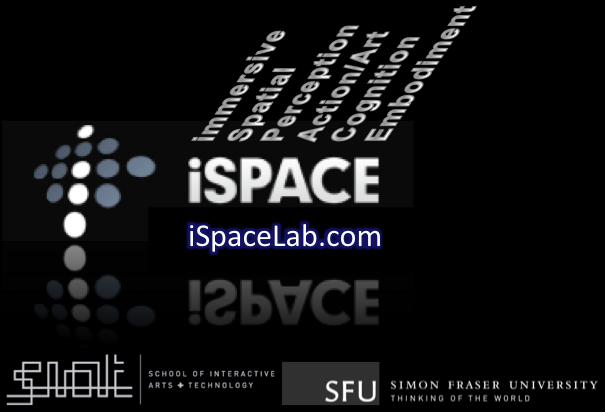
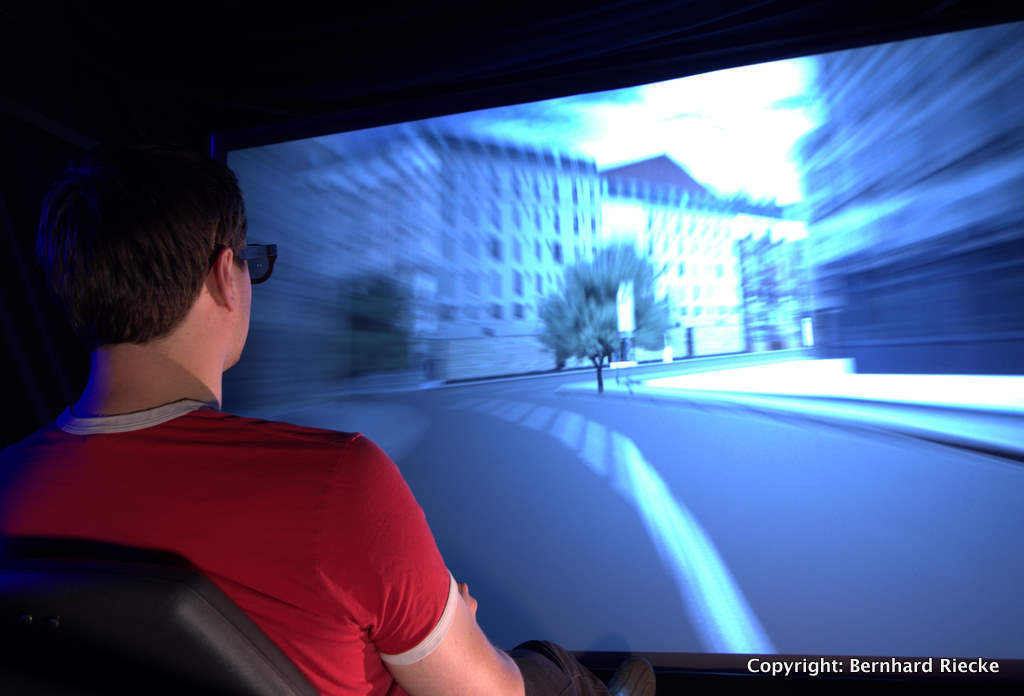

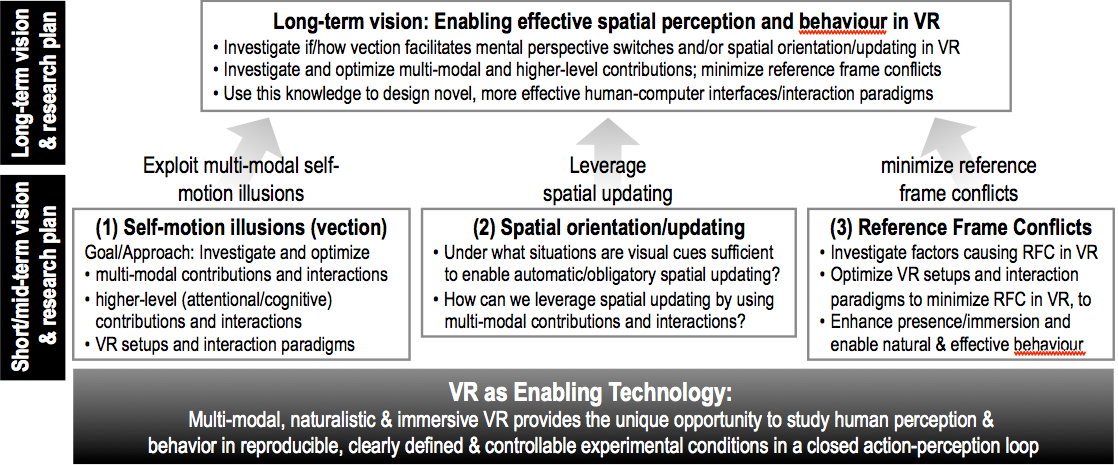
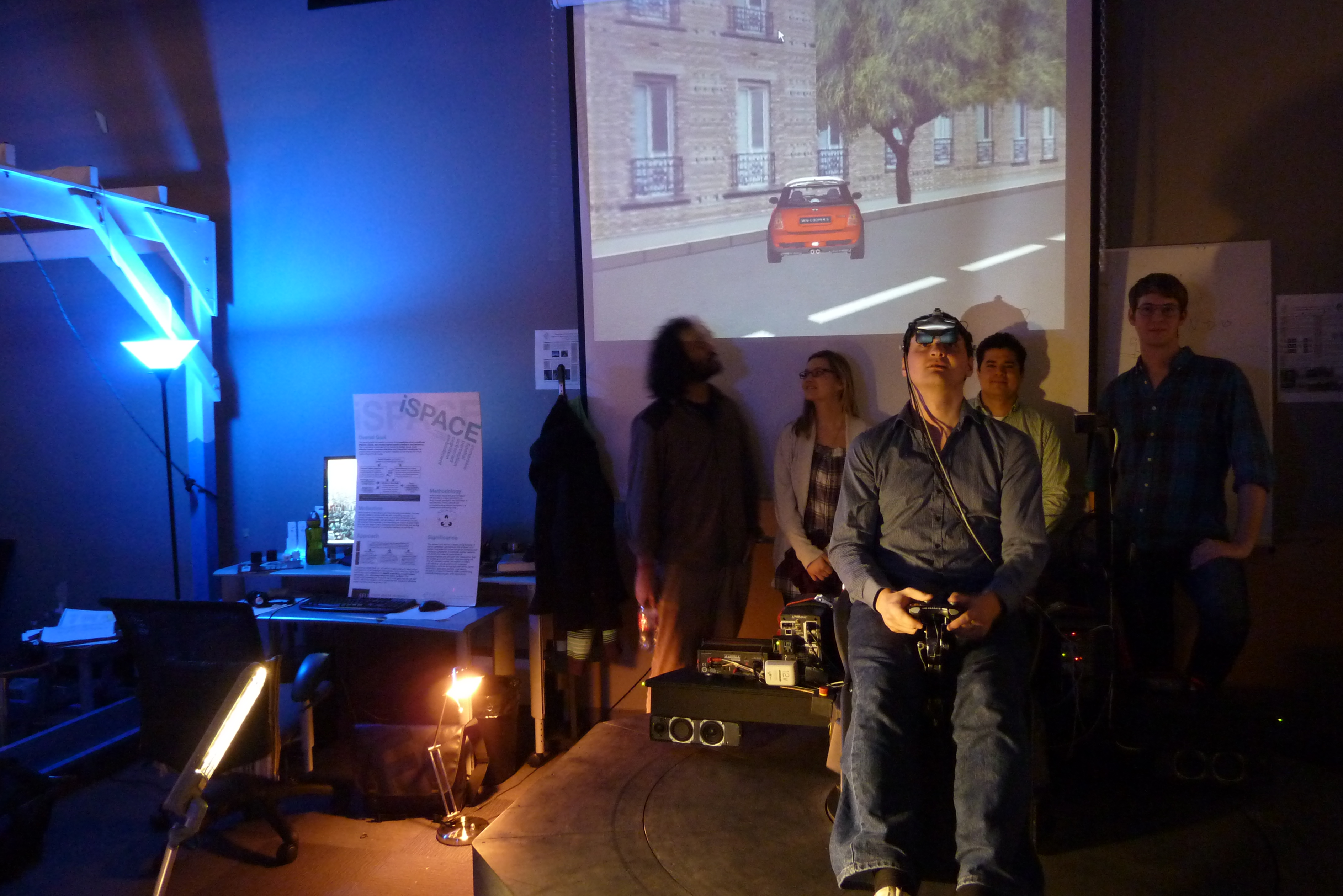
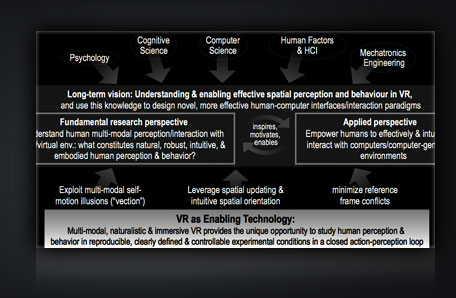
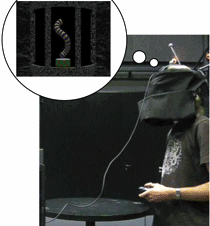
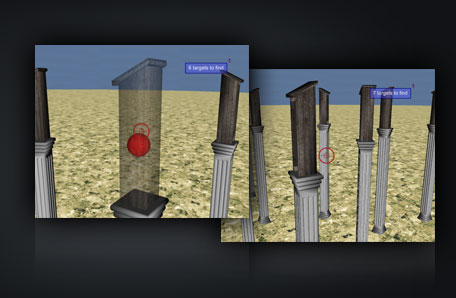




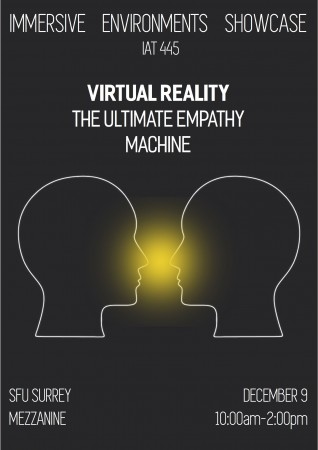
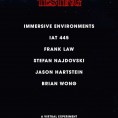


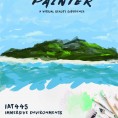
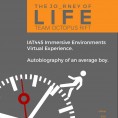
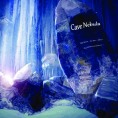
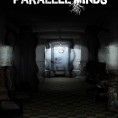
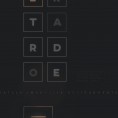
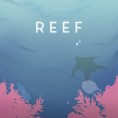
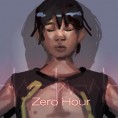
 Our conference paper at SUI 2016 just received an honourable mention at the ACM SUI conference in Tokyo, congratulations to all!
Our conference paper at SUI 2016 just received an honourable mention at the ACM SUI conference in Tokyo, congratulations to all!





